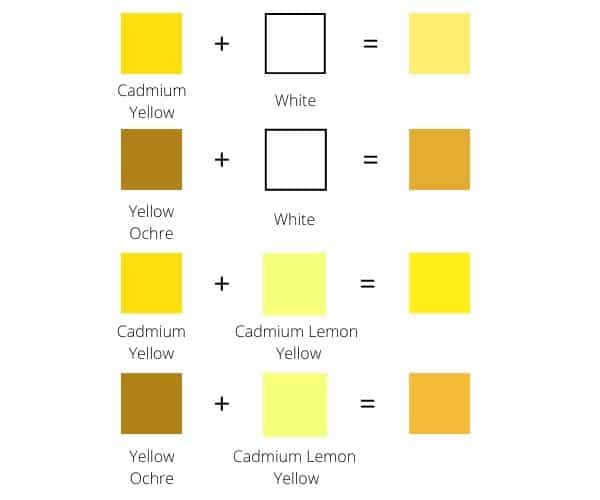
How much deep color you want, and there are many techniques and varieties of Blue and Red colors you can use to make them. You need to prepare it with your interest, and the way you prepare it will solely be in your hands. But when you think of any painting, you might not think about Purple as it is not a primary color that can be available as it is. Undoubtedly purple is a brilliant color to use in your paintings or any art form. Thinking of Purple as an Artist or Painter: The blue color needs to be added in a higher proportion than red to get a deep purple color and rest upto you, how much you need to deepen it. But in what proportion that will depend on you to make different shades of your favorite color. Red and Blue colors need to be mixed to make the purple color. But this is your favorite color so let us make it with the primary colors. When you think about painting or art, then purple may not be the color that will come to your mind in the first place. Here we go! What Colors to Mix to Get Purple? It is a different and exciting shade preparation to make your mood and life more colorful. No need to worry now as you are at the right platform where you will get complete information about your favorite color. Learn your tertiary colors to have more control over you color mixtures.Hey! Your favorite color is purple, but you do not know what colors you need to mix to make it and how many shades you can create with them. So if you are using alizarin crimson which is a Red Violet and need to knock down the intensity and you don’t want it to change it’s hue too much add it’s compliment Yellow Green to the mixture. It will save you time from having to constantly look at the color wheel. Use this method to find the compliment of the color you are mixing. Notice the compliment of “Blue Green” is easy to remember if you find the compliment of each color named in the color description(Compliment of Blue=Orange, the compliment of Green=Red, so the compliment of Blue Green is Orange Red) The compliment of a tertiary color will always be straight across from the color wheel and will always be another tertiary color ex: The compliment of “Blue Green” is “Orange Red”. Just as with other colors you gray them down with their compliment. Once you mixing colors you will want to use tertiary colors all those wonderful colors between the primary and secondary colors. Browns are actually dark reds or oranges, where the intensity and value have been lowered. As the intensity of a color drops, it is referred to being “grayed down”. Every color has its highest saturation point or intensity. Grays are more than those neutral battleship grays. Grays are essential to give your painting structure and depth. Is it red, yellow, blue, green, orange, or purple?Ĭhroma – Is the intensity of a color, how bright or dull a color is. Hue– The hue of a color is what color family the color belongs to. Analogous colors of green are yellow and blue. Analogous colors of red are purple and orange. The compliment of blue is orange.Īnalogous Colors – Colors near one another on the color wheel. The tertiary colors are red orange, yellow orange, red purple, blue purple, yellow green, and blue green.Ĭomplimentary Colors – Colors directly opposite one another on the color wheel. Tertiary Colors – These colors are the steps between the primary and secondary colors. The secondary colors are orange, green, and purple. Secondary Colors – These colors are mixed from the primary colors. The primary colors are red, yellow, and blue.
.jpg)
They are the colors from which all other colors are made. Primary Colors – These colors cannot be mixed. When painting, you are constantly modifying your colors and graying their intensity to create paintings that are harmonious.įirst, lets look at the definitions of color. Your primary and secondary colors are too intense to look natural. Grayed colors will give you paintings more variety and better cohesion.Ĭolors in nature are rarely straight out of the tube. Earth tones in this example would be included with grayed colors.

I am talking about any color not being at it’s most intense shade. Now when I say “grayed” I am not talking about battle ship grey.

80% percent of you colors in representational painting will contain colors of lower intensity or chroma another words “grayed” colors. The more intense colors catch more attention when they are surrounded by colors with lower intensity. Grayed or colors of lower intensity are important way of controlling you color. Sometimes we modify all three today we are going to talk about using tertiary colors to lower or “gray down” a color’s intensity. As the artist we modify the value, intensity(chroma) or the hue. Most colors of a painting are not colors right out of the tube. Control your mixtures with a better understanding of the color wheel


 0 kommentar(er)
0 kommentar(er)
